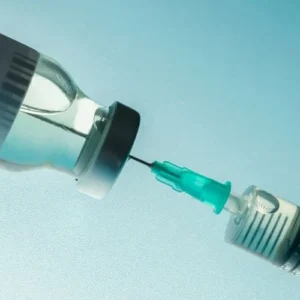Response efforts to the Ebola outbreak in the Democratic Republic of the Congo (DRC) are beginning to slow the virus’s spread, with cases over the past three weeks showing early signs of decline. While maintaining and strengthening control measures remains critical, authorities are cautiously optimistic.
In the week ending 28 September 2025, seven cases—six confirmed and one probable—were reported in Bulape Health Zone, Kasai Province, down from 11 cases the previous week. Since 30 September, no new cases have been reported. As of 1 October, a cumulative total of 64 cases (53 confirmed, 11 probable), including 42 deaths, had been recorded, with the outbreak remaining localized in Bulape.
Significant progress has been made in key response areas. Contact tracing coverage reached 97% of over 1,000 contacts, disease surveillance is improving, and the Bulape treatment center has been expanded to 44 beds. Over 8,000 frontline health workers and contacts have been vaccinated, with a new strategy underway to administer 18,000 doses across 19 localities to protect populations at risk.
“The early signs of progress are encouraging and underscore the need to sustain and intensify life-saving measures,” said Dr. Mohamed Janabi, WHO Regional Director for Africa.
WHO, Africa CDC, UNICEF, ALIMA, Médecins Sans Frontières, IFRC, Red Cross, and other partners continue to work with the government on outbreak control. A Regional Strategic Preparedness and Response Plan, requiring around US$66.6 million, aims to strengthen health system resilience, including water and sanitation, cold-chain logistics, laboratory capacity, and human resources.
Sustained efforts and additional funding remain critical to halting the outbreak and building long-term preparedness for future health emergencies.







